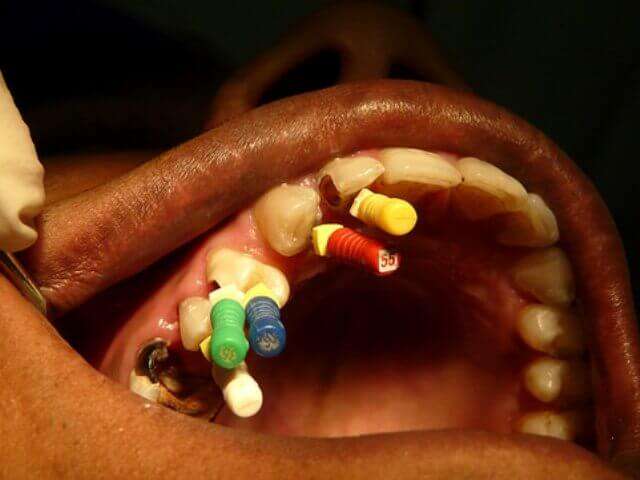root canal treatment, root canal treatment price, root canal treatment steps, root canal procedure, root canal pain, root canal symptoms, root canal treatment side effects, root canal treatment side effects, root canal treatment near me, root canal treatment cost in India, root canal treatment price in Odisha

Root canal is a treatment to repair and save a badly damaged or infected tooth instead of removing it. The term “root canal” comes from cleaning of the canals inside a tooth’s root.
Why you’ll need a root canal
Teeth have a soft core called dental pulp. The pulp extends from the crown — the visible a part of the tooth — to the tip of the tooth’s root in the jawbone. The pulp contains nerves, blood vessels and animal tissue . When a tooth is cracked or chipped or features a deep cavity, bacteria can enter the pulp. Injury to the tooth can also cause pulp damage and inflammation. Left untreated, bacteria and decaying material can cause a significant infection or a tooth abscess, resulting in pulp death, bone loss and loss of the tooth itself. Signs and symptoms may include swelling around your face and neck, a hole in your tooth, toothache or tooth pain, gum swelling, and temperature sensitivity.
Let’s start root canal treatment
A root canal is usually done by an endodontist or a general dentist. the root canal usually takes one or two visits, but once during a while additional visits are required because some teeth prove difficult to treat. First, you’ve got dental X-rays to check the extent of damage. you furthermore may receive a local anesthetic to control pain during the procedure. Then a rubberlike sheet called a dental dam is placed in your mouth round the tooth to keep the tooth clean, protected and freed from saliva. Decay is removed, and a gap is made through the crown of the tooth to gain access to the pulp chamber. Using small dental instruments, the infected or diseased pulp is removed.
Clearing up root canal infection
After the diseased pulp is removed, the pulp chamber and root canals are flushed and cleaned. the basis canals may be reshaped and enlarged to allow better access for filling. Before permanently filling the root canals, they’re cleaned of all infection and dried. Medication is usually put into the pulp chamber and root canals to clear any infection. If infection has spread beyond the tooth, you’ll need a prescription for antibiotics. After root canal therapy, a short lived filling is placed in the crown to protect the tooth and keep out debris and saliva. Avoid biting or chewing on the tooth until it has been permanently treated and restored.
Filling the root canals
After cleaning and drying, it is time to fill the interior of the tooth — the empty pulp chamber and root canals. you’ll not need additional anesthetic for this step. If you had a short lived filling, it’ll be removed to allow access to the inside of the tooth. A sealer paste and rubber compound is employed to fill the tooth, followed by a dental filling to form sure the root canals are protected from saliva
Last stage of a root canal
The final stage of the root canal is restoring your tooth. Because the tooth typically features a large filling or is weakened from extensive decay, it must be protected from future damage and returned to normal function. this is often usually done by placing a crown — a realistic-looking artificial tooth — over your tooth. A crown is usually made of gold, porcelain or porcelain fused to metal, but other materials could also be used. Crowns made from porcelain or porcelain fused to metal can be tinted to match the color of your other teeth. Sometimes, a metal post must first be inserted within the tooth for structural support and to keep the crown in place if there is significant tooth structure missing. Ask your dentist or endodontist about other restoration options.
Capping after root canal
After your root canal, your restored tooth with the new crown should work sort of a natural tooth and look cosmetically pleasing. If you follow good dental and oral hygiene, your restored tooth could last a lifetime. the primary few days after your root canal, the tooth could also be sensitive. Nonprescription pain medications can help. If pain or pressure lasts quite a few days, make certain to talk to your dentist or endodontist.